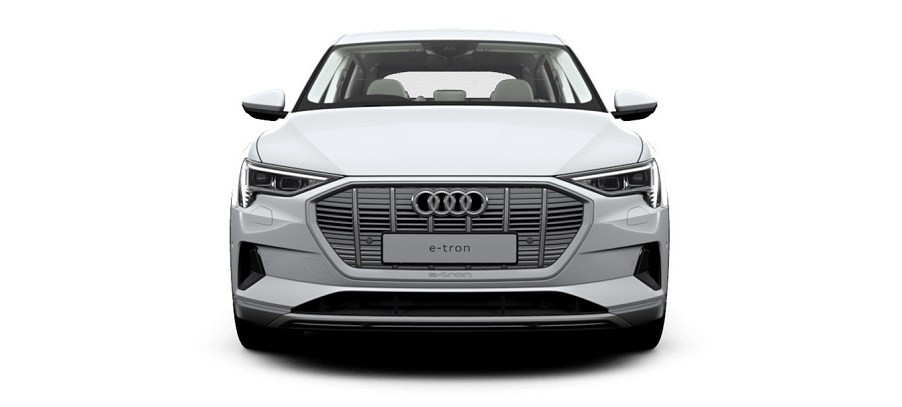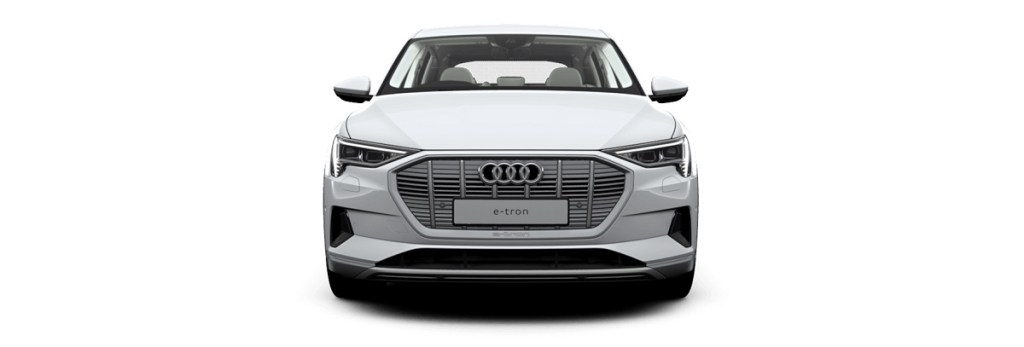
Forbidden Technology: How Virtual Mirrors Work
Camera based mirrors are a newer technology that is sometimes seen in electric cars. Currently camera based mirrors aren’t legal in the U.S., though this may change as a uniform set of regulations may allow them to be brought here. In the U.K. the Audi e-tron and the Honda e used camera based mirrors, and BMW just filed a patent for virtual mirrors. So how do virtual mirrors work?

Right now, virtual mirrors are camera based
The Audi e-tron and Honda e both use virtual mirrors instead of traditional wing mirrors. How do camera based mirrors work? By projecting images of the road onto screens inside of the car. The e-tron and e do this differently, though the basic technology of the camera based mirrors is the same.
The Audi e-tron projects onto the doors
The Audi e-tron has wing cameras instead of wing mirrors. These cameras record what is happening on the road and transmit that information onto seven-inch OLED screens at the top of the door, near where wing mirrors traditionally are.
In some ways, the e-tron mirrors are similar to traditional wing mirrors. They’re adjustable, though you use your fingers to maneuver the screen instead of tilting the mirror angle. They show the same view that a traditional mirror would, though you can zoom in and out with them.
In other ways, the e-tron virtual mirrors are different. Can traditional wing mirrors help you park? No. The Audi e-tron mirrors can, though. They can also guide you when turning, and there are adjustments for highway driving, as well.
The e-tron mirrors won’t mist or freeze, thanks to a heated lens. Lights help the cameras to capture clear images even when you’re driving in the dark. As a bonus, the camera based mirrors can alert you when there’s a car in your blind spot.
There are some downsides to the e-tron mirrors. They are positioned quite low, which means that in addition to having to look somewhere other than where you’d expect wing mirrors to be, you also have to look down. This may increase inattentiveness to the road, at least while the driver is getting used to the new technology.
The Honda e uses similar camera based mirrors, though the positioning is different
Honda’s camera based mirrors work very similarly to the Audi e-tron. Cameras capture video of the road and transmit that onto screens inside the car. Rather than virtual mirrors on the door, the Honda e sends the video to six-inch screens on either side of the dashboard. This is closer to what a driver may expect than the e-tron, and may be easier to adjust to.
Like the e-tron, the Honda e mirrors won’t get misty thanks to a water-repellent lens coating. As you can imagine, streaks of water would make it difficult to safely monitor surroundings.
The Honda e can choose between a normal and wide view. Honda says the wide view reduces blind spots by 50 percent. The e’s lights also use lighting to make it easier to see. Similar to the e-tron, the Honda e’s camera based mirrors will be able to assist a driver backing up.
Why are car manufacturers making virtual mirrors?
The biggest draw to using virtual mirrors is a reduction in drag. As more car companies are producing electric cars, there is a race to make cars with the most range. A fear of a car battery dying before reaching a charging station keeps some people from purchasing electric cars. We’re sure to see technology move toward increasing range in the coming years.
The Audi e-tron mirrors can help increase range by two to seven percent. Honda says that their camera based mirrors improve range by 3.8 percent. Honda claims that their virtual mirrors reduce drag by 90 percent.


